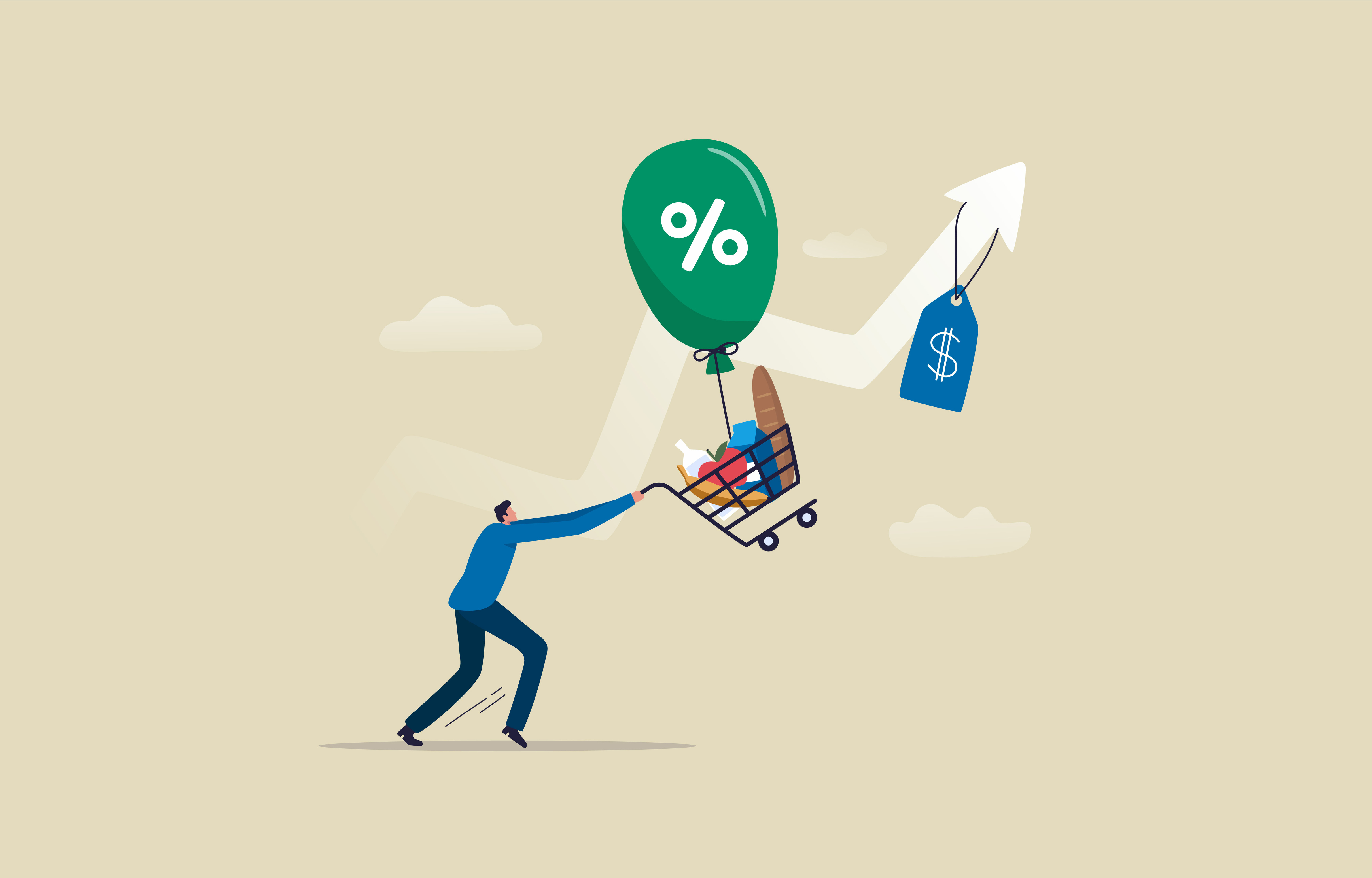
Inflation dropped by less than expected in March, as food prices rose at their highest rate in 45-years and kept the wider measure of inflation in double figures.
Office for National Statistics (ONS) data for the month put inflation at 10.1%, which was down slightly from February’s 10.4% but not as low as expected.
A reduction to 9.8% had been predicted by most economists.
Grant Fitzner, chief economist for the ONS, told the BBC that global food price drops had not yet led to price cuts for shoppers, and that double-digit inflation could continue for at least for another month.
Woe for shoppers
“There’s been some strong upward movement in food prices and you would expect to see that reflected in supermarkets, but we’re not there yet,” he said.
Food prices were up by 19.2% in the 12 months to March 2023, up from 18.2% in February, the ONS reported. This is the highest rate since a rate of 21.9% was recorded in August 1977.
Inflation in the UK remains higher than in other Western countries – such as the US, Germany, France and Italy – due to the UK’s exposure to rises in wholesale gas prices, its reliance on certain food imports, staff shortages and wage rises.
Chancellor Jeremy Hunt expressed confidence that inflation would fall by the end of the year.
Rate rise decision
With inflation far from under control, markets are betting on the Bank of England (BoE) raising interest rates to 5%, City AM reports.
The current base rate is 4.25%.
BoE officials have stressed they need to see a reduction in underlying core inflation before they stop hiking interest rates.
The rate of core inflation – which strips out food and energy price movements and is seen as a more accurate measure of price tension – also remains high.
Decision pending
The next Monetary Policy Committee meeting is on 11 May, when it is widely expected the interest rate will be increased to 4.5% with more increases before the autumn.
The gloomy economic picture was compounded by other data released in recent days, including a three-year high of 2,457 company insolvencies in March, reports the Guardian.
This is a 16% increase on a year before and 55% higher than the pre-pandemic level of 1,581 insolvencies in March 2019.
Insolvencies continuing
Experts expect the rate of company collapses will keep rising during the year as more businesses are derailed by high inflation and rising interest rates.
ITV reports the UK’s unemployment rate has risen and vacancies have fallen for the ninth month in a row, official figures have shown.
Unemployment rose to 3.8% in the three months leading up to February, up from 3.7% in the previous three months according to the ONS.
Employment
There was a rise in employment, to 75.8% in the three months to February, from 75.7% in the previous three months.
The number of job vacancies has fallen by 47,000 to 1.1 million in the three months to March but remains high



